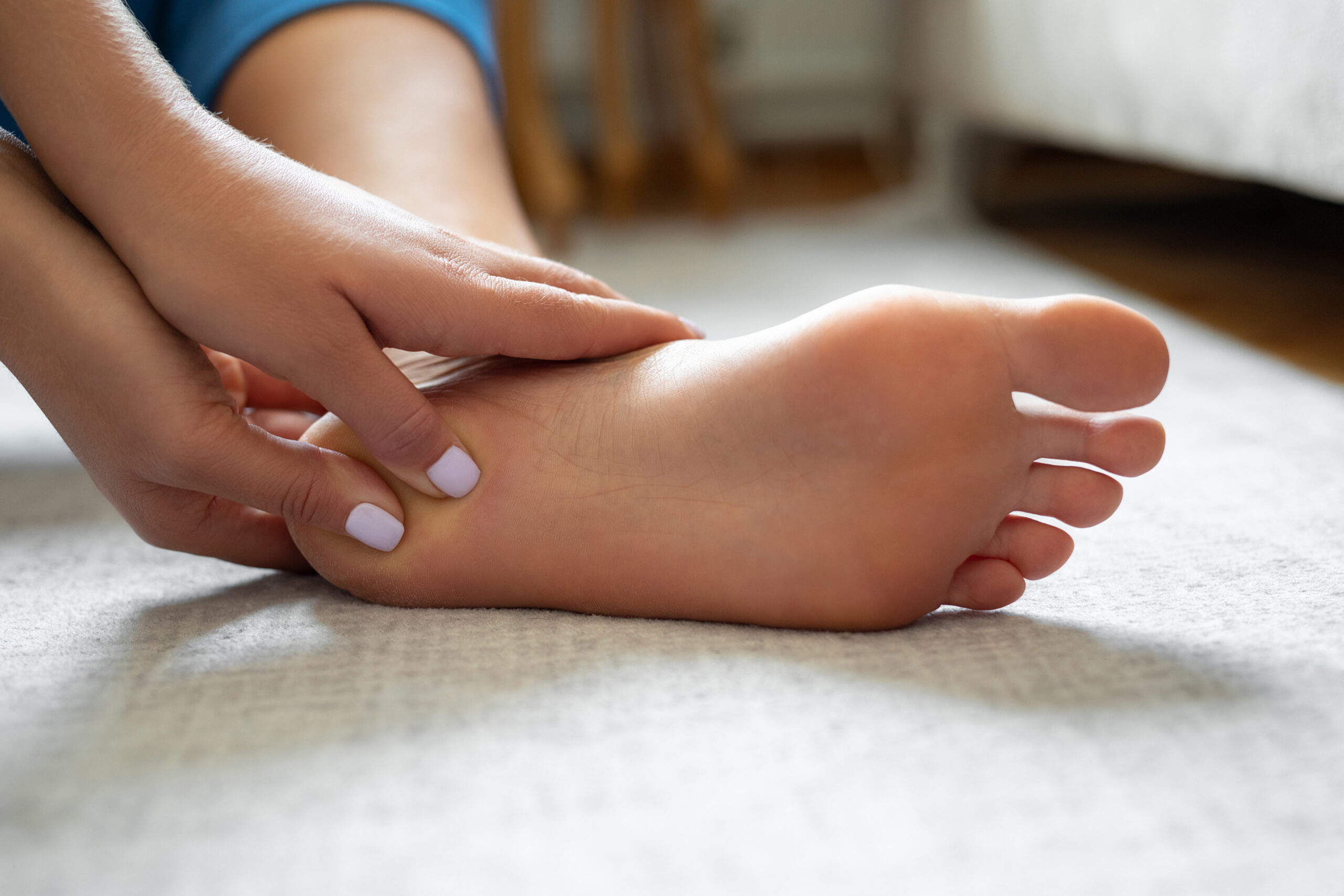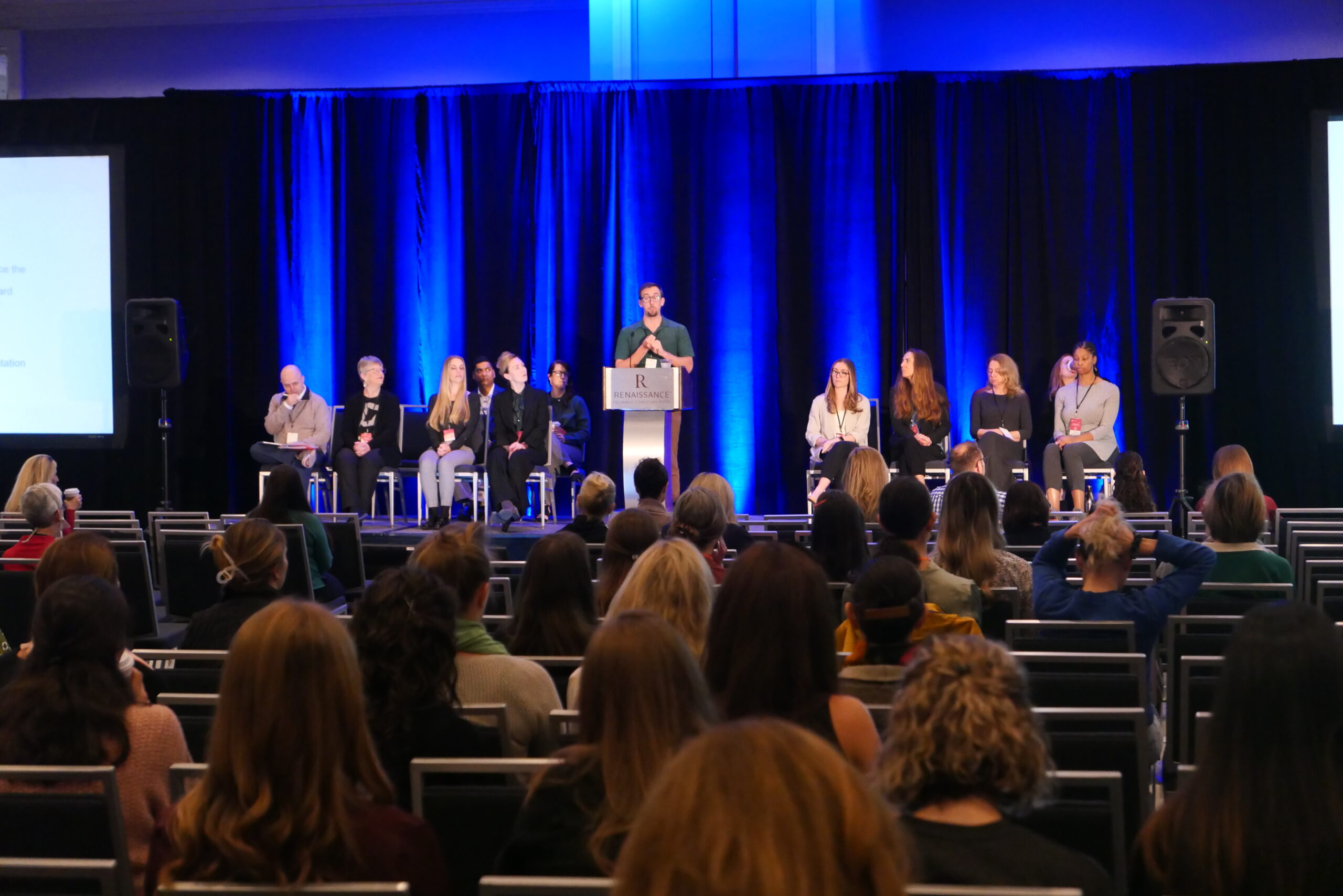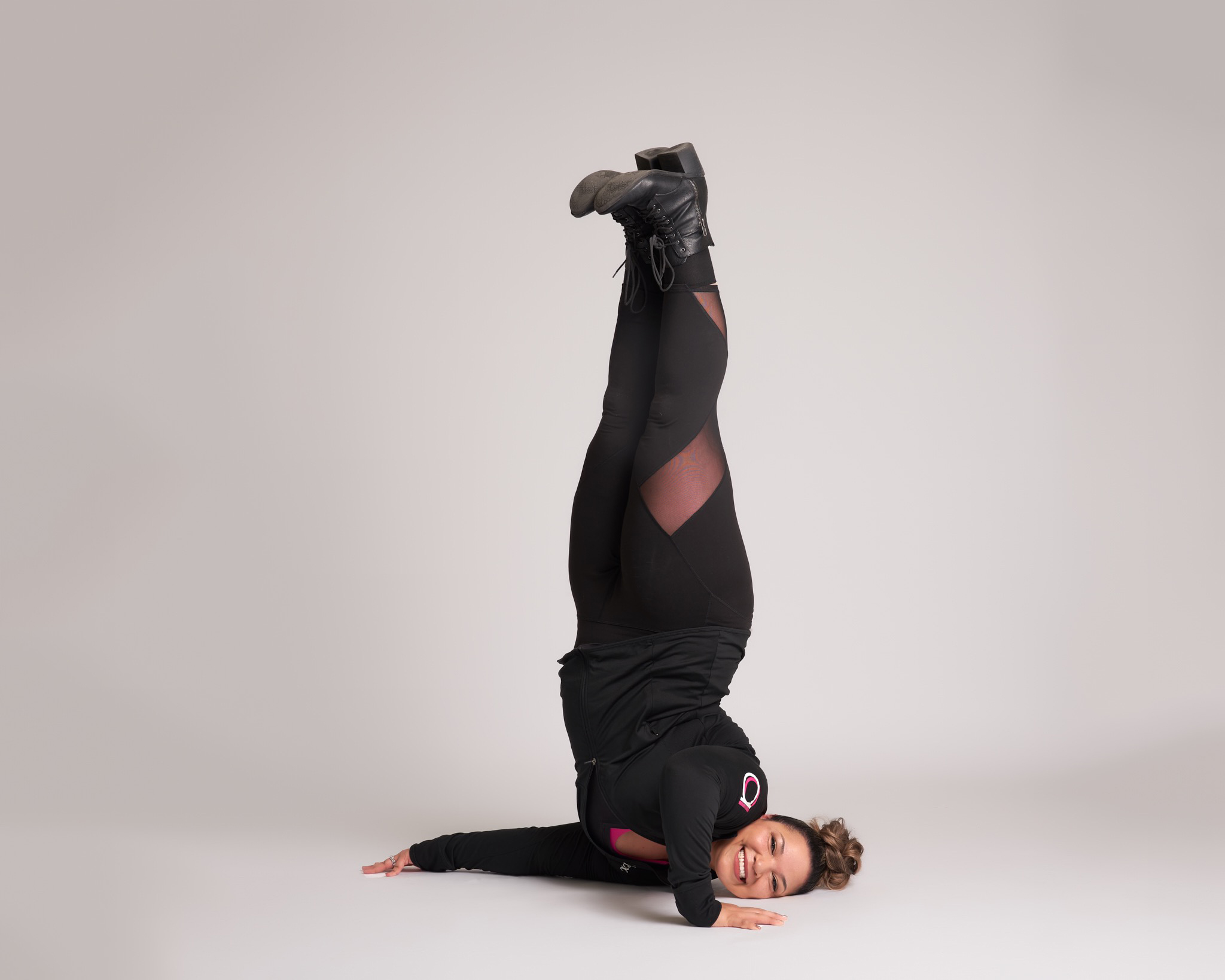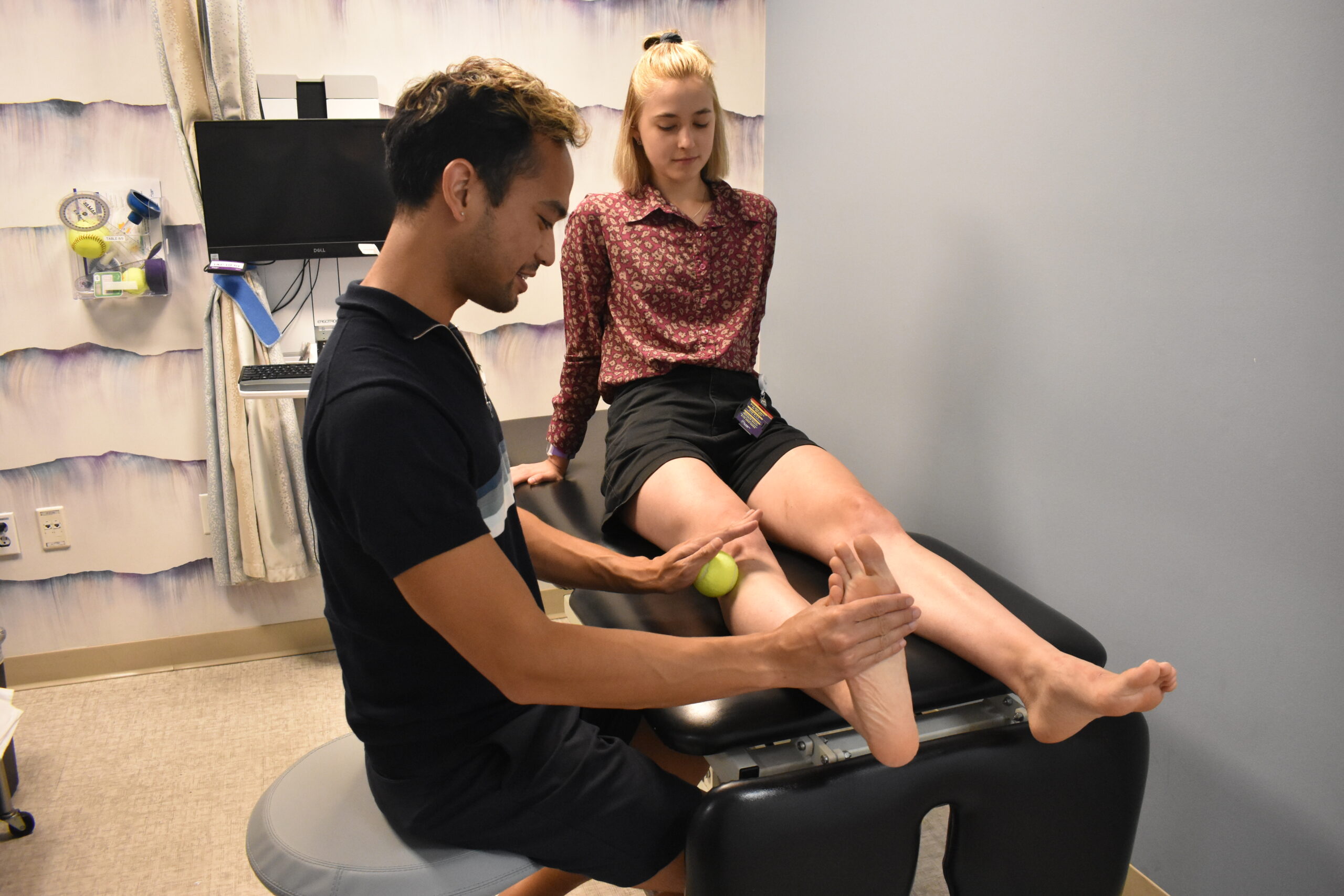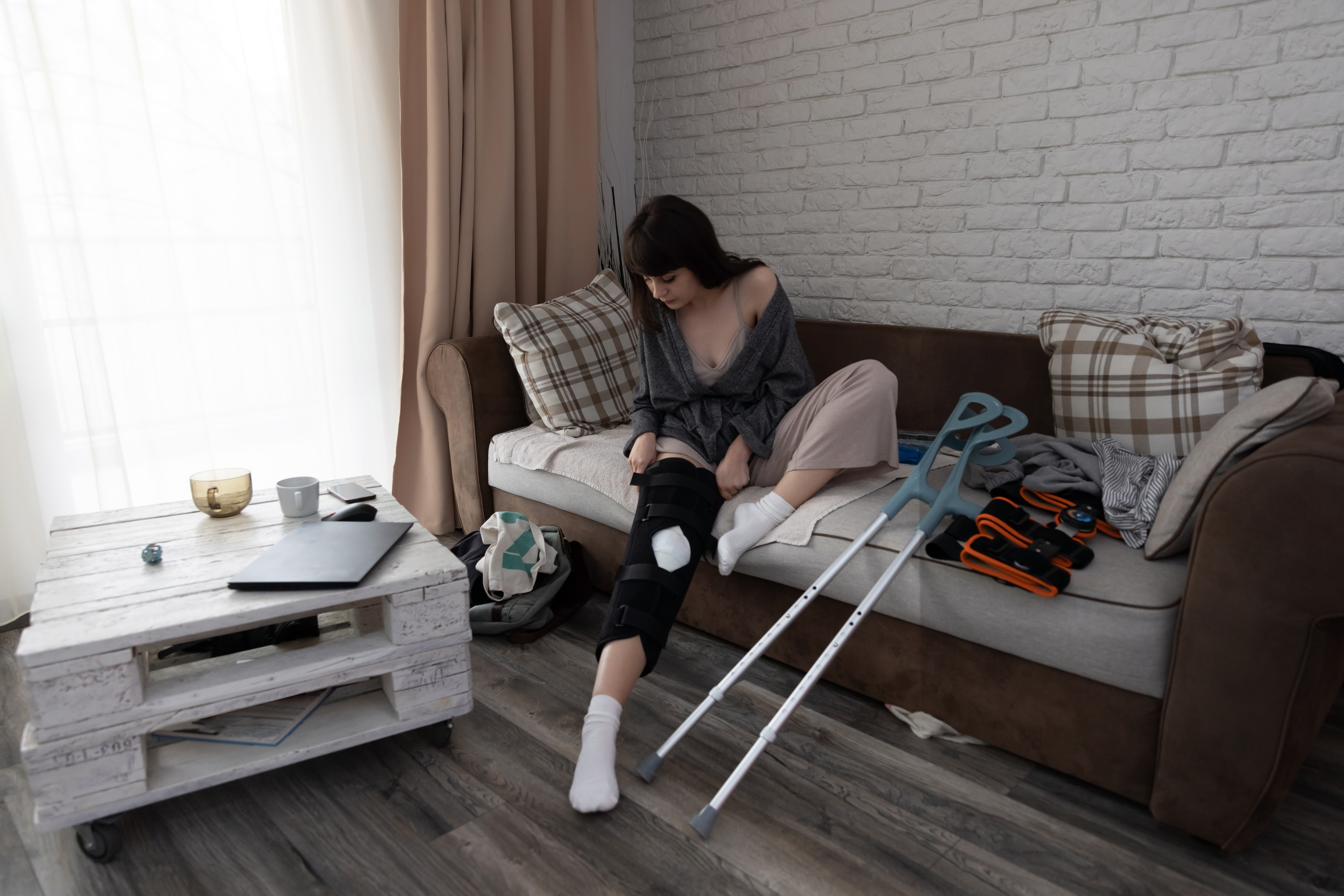How Anxiety and Depression Can Affect Your Ability to Learn Choreography
Learning and retaining choreography and corrections can be challenging for any dancer. But certain mental health conditions—like anxiety, depression, ADHD, OCD, and PTSD, to name a few—can make it even more difficult to process and retrieve memories. Understanding how these conditions impact the brain, and finding ways to both address those changes and improve overall memory, can help dancers cope.



